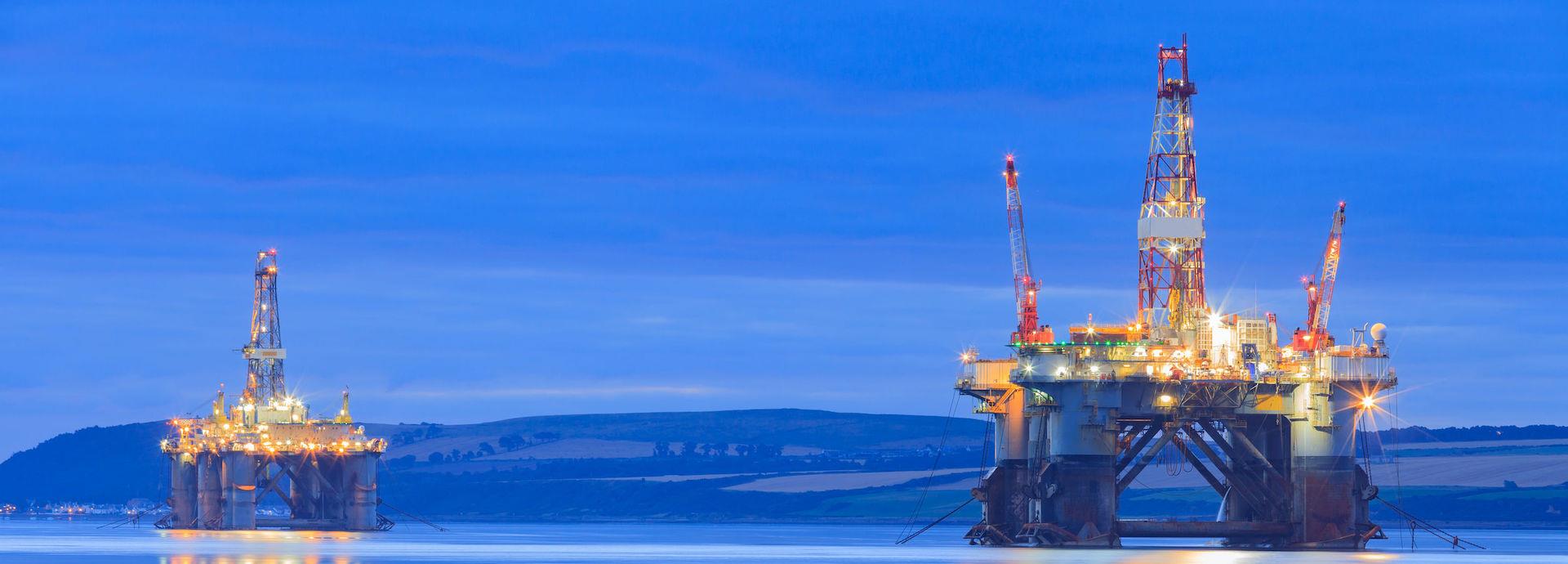

The offshore drilling industry could recoup significant costs by achieving better operational and energy efficiency.
As the offshore oil and gas industry, like much of the global economy, contends with the impact of covid-19, tightening operations to improve efficiency is one potential tactic the industry may consider. Overall, the industry has significant room for improvement in terms of operational efficiency and cost-effectiveness. Taking steps to improve in these spheres has the added benefit of reducing waste and increasing profit.
With companies looking to achieve profitability against the backdrop of a tumultuous global economic landscape and rock-bottom oil prices, recouping value from existing operations will be quite important. This is particularly true in light of the fact that operational efficiency is one of only a handful of variables currently under companies’ control.
Balancing safety considerations against operational efficiency
Joel Thigpen, Wärtsilä’s General Manager for Offshore Drilling, notes that fuel waste due to engine redundancy is one of the biggest culprits in offshore drilling waste.
“For drilling, one of the big areas of waste is that rigs are designed with more engines than they actually need. This is for safety reasons, so you always have power available on the rig,” he notes. “[However,] the result of this is that you have multiple engines running on extremely low loads, burning a lot more fuel than they actually need to burn, which increases the rig or operator’s cost, as well as their carbon footprint.”
Jeroen van Keep, General Manager, Business Development at Wärtsilä, agrees.
“Many decisions made for better safety result in horrible waste. On one side, it makes sense to accept some waste and have a little inefficiency in fuel or operations in the interest of safety, but it sometimes feels illogical and hurts to see so much waste being generated,” van Keep says.
There are solutions, however, that allow both safety and operational efficiency to improve simultaneously. Batteries are one example of a technology that both reduces waste and improves safety.
As van Keep notes, batteries are “a beautiful example of improving both safety and efficiency,” as demonstrated in the North Sea Giant, which has a Wärtsilä HY upgrade solution that allows the vessel to run on optimal load and achieve 40% fuel savings in DP-mode. In fact, van Keep observes, the North Sea Giant is “one of the few examples where both safety and efficiency are improved.”
Reducing downtime
Generally speaking, offshore drilling rigs are hired out at hefty day rates. In light of this business model, downtime due to failure of even a small part of the vessel can be very expensive.
“If a small part breaks that is critical to the rig’s operations and that failure results in downtime that costs a day’s worth of work, that carries a significant cost,” Thigpen explains.
The cost of even small part failures is often exacerbated by poor coordination between vessels awaiting replacement parts and the vessels delivering the parts for repairs.
“The [offshore drilling] industry historically operates on a ‘hurry up and wait’ paradigm,” says Thigpen. “That in itself leads to a lot of wasted fuel and time of the supply vessel as it’s waiting to deliver the shipment. Those vessels are also on contract time, just waiting and sitting there.”
Improved monitoring solutions, which Wärtsilä offers as a fairly new part of its portfolio, can help mitigate these inefficiencies. Ulrik Friis, Senior Business Innovation Manager at Wärtsilä, explains the development of one of these solutions, Wärtsilä Expert Insight: “[This solution] allows us to monitor engines through machine learning, provide proactive monitoring and identify anomalies on the engine before it comes up with an alarm in the engine itself. This allows us to identify potential downtime risks before they’re critical; this enables the crew (and particularly the chief engineer) to communicate directly with Wärtsilä and drive better maintenance of the engine as well.”
The Wärtsilä Fleet Operations Solution (FOS) is another decision support tool that can reduce costly idle time. This technology automatically optimises route, provides the fullest and latest voyage data, and keeps both on and offshore parties informed and notified. FOS can also enable Just-In-Time sailing, which saves fuel costs, reduces emissions, and supports port operations.
Improved condition monitoring helps ensure that vessels are better maintained, that potential issues are addressed early on, and that maintenance issues due to crew negligence or mishandling of protocols are caught and addressed. All of this helps ships run more efficiently and minimises downtime. Ultimately, as Pål Røhme, General Manager, OSV Sales, Wärtsilä, observes, this helps achieve savings by “avoiding unexpected shutdowns [related] to major issue[s] that influence the operation of the vessel and lead to money pouring out to sea.”
Additionally, Thigpen points out, minimising downtime is also important from a reputation management perspective. “When there’s downtime, contracts can be cancelled and credibility can be lost, which can result in challenges with marketing that asset for future contracts.”
As owners and operators look to streamline operations in order to maximise earnings, technologies and solutions that help minimise waste and downtime will be essential to their operations. Maintaining reliable, lean operations with the help of modern technologies and solutions will help owners and operators run efficiently. This in turn will lead to both environmental and economic benefits for all involved in the offshore drilling industry.

